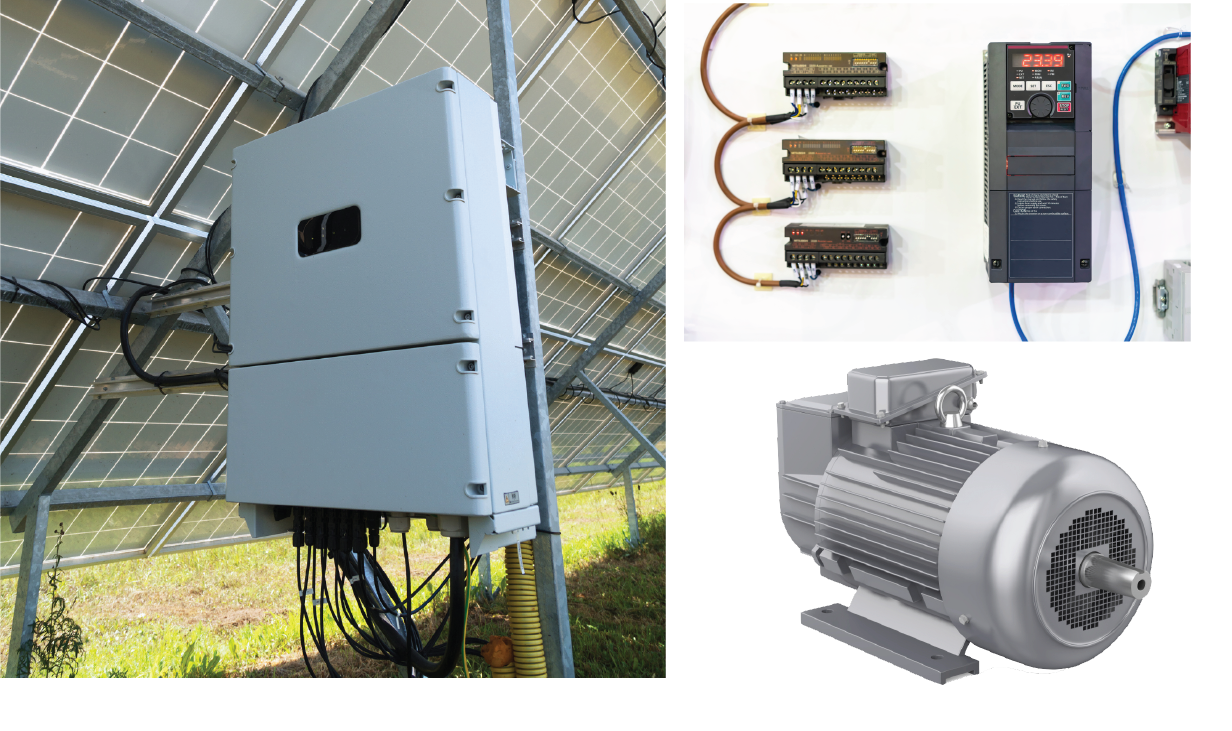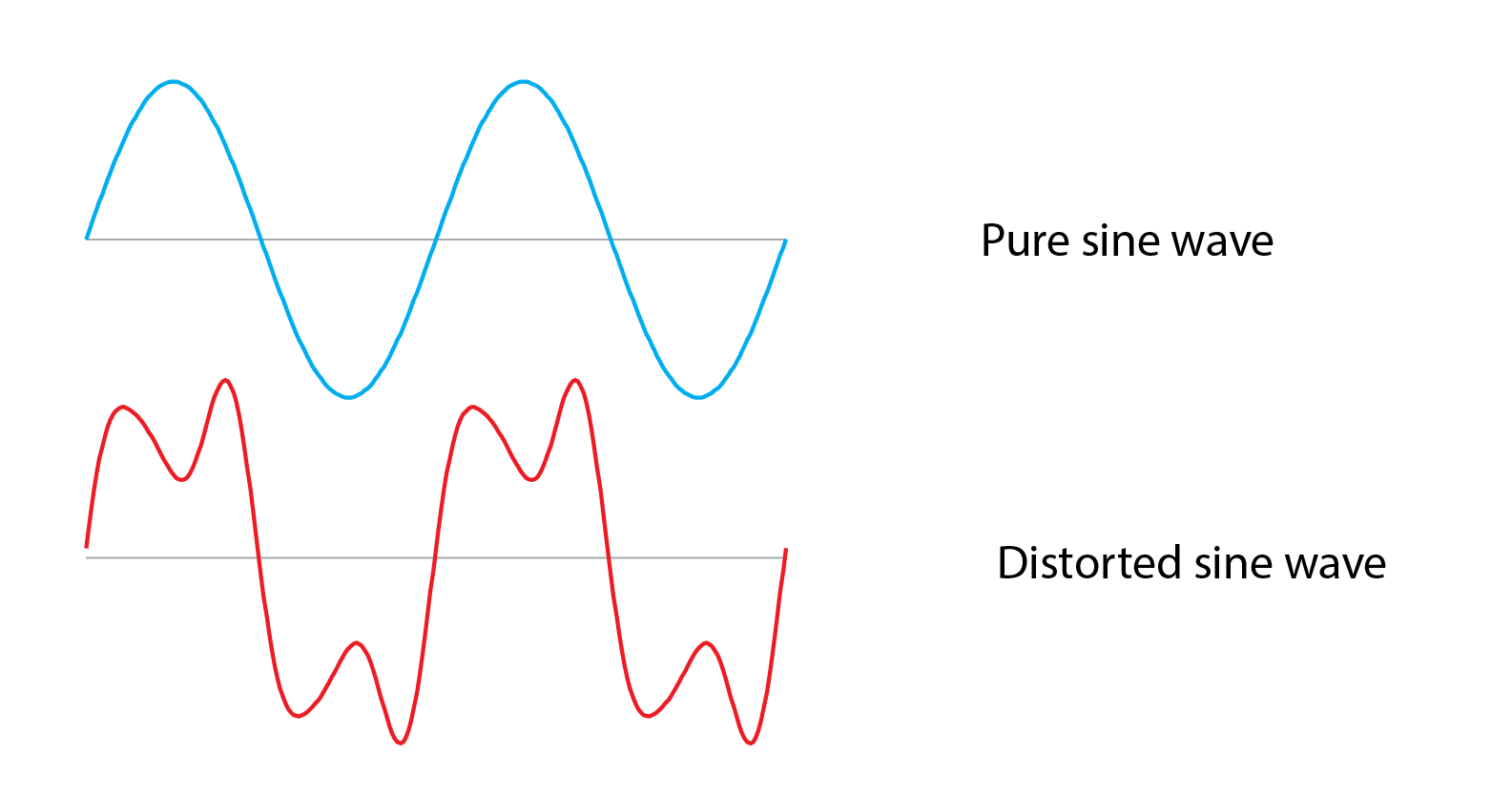Why Is It Important to Understand Total Harmonic Distortion (THD) ?
Our modern work and life cannot exist without electric power. Safe and stable power supply will bring us peace of mind. Understanding THD (Total harmonic distortion) is one approach to using electricity most effectively.
The cause of harmonics
The ideal AC power supply waveform is a pure 50 Hz or 60 Hz sine wave without any noise. But unfortunately, in reality, an ideal AC power source is challenging to have. This is because sometimes the load that we use causes distortion in the AC power supply waveform.Distortion is caused by power conversion devices such as inverters for electric motors and industrial thyristors. A device commonly called a VFD is one of them. The inverter regulates the motor's speed by converting voltage and frequency to suitable values. This makes it possible to fine-tune how the equipment behaves. They can help reduce energy consumption and improve output control, but they are also sources of harmonics.

What are harmonics?
Harmonics are integral multiples of the fundamental frequency. For example, if the fundamental frequency is 50 Hz, the second order frequency is 100 Hz, third order 150 Hz, and the fourth order 200 Hz.
Harmonics cause distortion in the voltage waveform, which, in the worst-case scenario, can lead to accidents such as facility overheating or equipment damage. For safety reasons, it is better to have as few harmonics as possible.
What is THD (Total Harmonic Distortion) ?
THD is the ratio of the total harmonic component to the fundamental component. Specifically, it is expressed by the following calculation formula. The numerator is the sum of the RMS values of each order starting from the second order. The denominator is the rms value of the fundamental waveform.
THD may be used as an index to easily understand the harmonics present in the power supply's waveform. It expresses waveform distortion as a single value. So, THD can be used as one of the parameters to evaluate the harmonics in the power supply.

Standards related to THD
Standards such as IEC61000-3-2, EN50160, and IEEE 519 specify the limit for the harmonic content and/or THD of each order. These limits are classified into several categories, such as power supply voltage, rated current of the instrument, and so on. The THD value in voltage is typically 1% to less than 10%. As for the current, the value may exceed 100% when there are a lot of harmonics. Table 1 shows the recommended values for the EN 50160 standards.
| Order | Limit value |
|---|---|
Effect of harmonics
Harmonics can affect not only the site where the power is used but also the premises that surround it. This is especially true in places like factories and plants where facilities with large power equipment are used. When installing a power conversion device, it is better to check the effects of the harmonics generated by the device. If there is concern that the effects of the harmonics will get worse, it may be necessary to install equipment like reactors and passive filters to reduce the effects of the harmonics.

Hioki's power quality analyzer is useful and reliable for measuring THD and harmonics. Various functions, colorful screens, and bundled PC application software enable instant analysis of the power supply condition. For better power quality, the Hioki power quality analyzer helps you understand your power quality better and faster.



